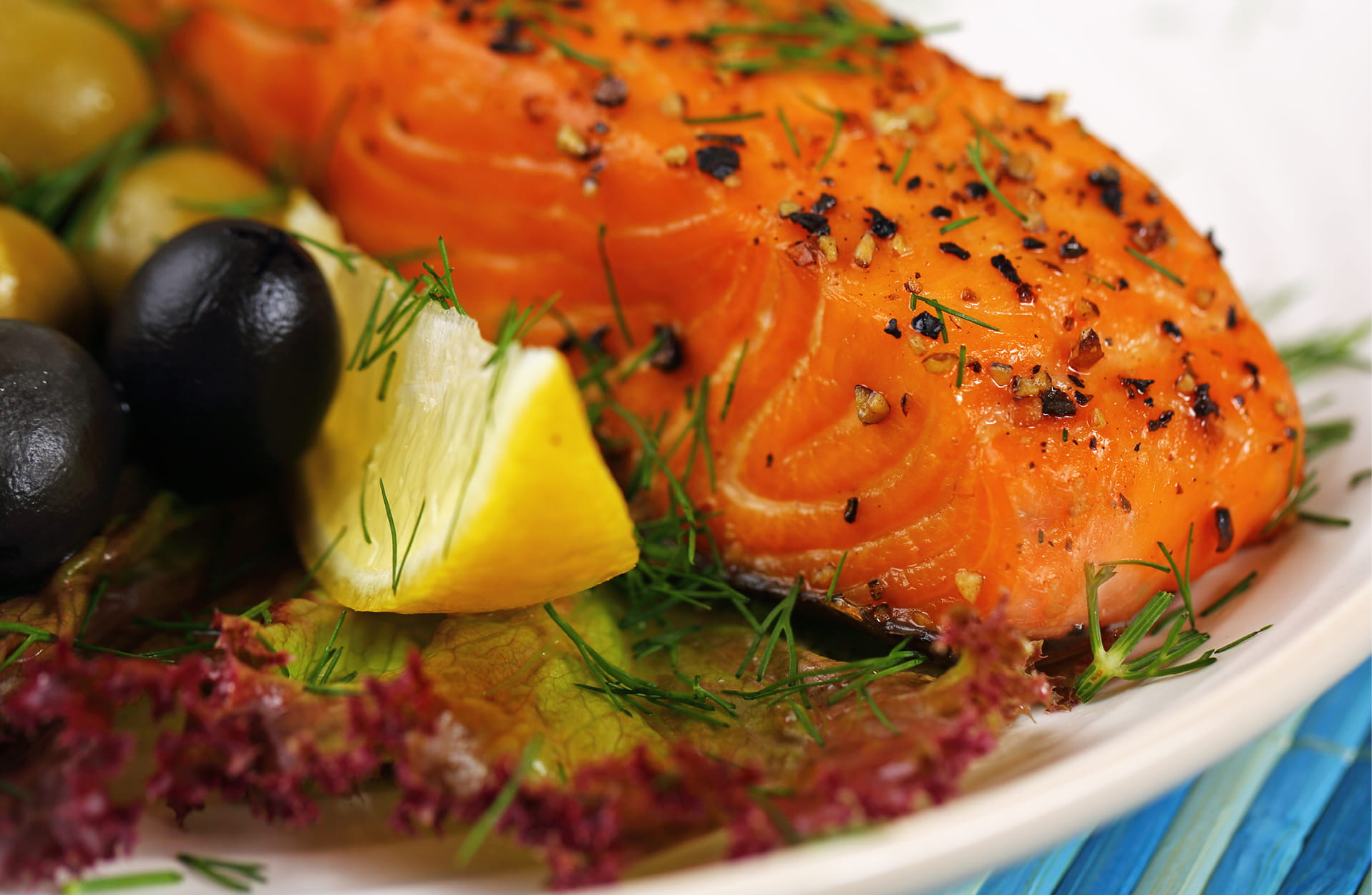7 folate foods to add to your diet
Eating foods high in folate — like kale, citrus fruits and eggs — will help you meet your daily recommended amount.
You already know eating a healthy, balanced diet is a key component of leading a healthy life, maintaining a healthy weight and preventing chronic conditions.
There's no denying the importance of vitamin C, vitamin D, calcium, fiber and iron. But there’s another crucial vitamin: folate. Luckily, there are plenty of folate-rich foods to help you reach your daily goal.
What is folate?
Folate, also known as vitamin B9, helps your body break down, create and use new proteins in addition to helping form new blood cells and DNA. It’s also a powerhouse for people who are or want to become pregnant.
“When a person has enough folate in their body before and during pregnancy, it can help prevent birth defects, including spina bifida and anencephaly,” says Geisinger registered dietitian nutritionist Janet Milner, RDN.
While the terms are often used interchangeably, there is a difference between folate and folic acid. Folate is naturally found in many types of dark, leafy green vegetables and fruits. Folic acid is the synthetic form commonly seen in supplements and fortified foods.
How much folate should you get per day?
In general, adults should aim for 400 mcg of folate or folic acid per day.
If you have low levels of folate, you may have anemia, muscle weakness and fatigue.
Folate benefits
Folic acid has been shown to reduce blood levels of a chemical called homocysteine, which has been linked to heart disease and stroke when found in high levels. Without folic acid, high homocysteine levels can cause blood to clot more easily, potentially leading to heart disease, kidney disease, heart attacks and strokes.
“This mineral is also believed to help with the breakdown of triglycerides, which are a type of fat in blood that’s used for energy,” says Ms. Milner. Type 2 diabetes is linked to high levels of triglycerides, so increasing your folic acid intake can also help lower your chances of developing diabetes.
Some studies have even found that folic acid may play a part in mood regulation and help with depression. It may also play a key role in preventing overall memory loss associated with aging, possibly even reducing your risk of Alzheimer’s disease.
Foods high in folate
Want to get more of this vitamin in your system? You’re in luck — there are many foods with folate you can add to your diet for a boost:
Grains
Look for the term “enriched” on grain items such as breads, cereals, pasta, rice and wheat germ. Sweet potatoes are also a great source of folate.
Dark leafy greens
These have the highest folate levels of any food. Consider adding more spinach, kale, collard greens, turnip greens, romaine lettuce, raw cabbage, Brussels sprouts and broccoli to your diet for an immediate folate boost.
Asparagus
Eating just one cup of boiled asparagus will provide you with 65% of your daily folate needs.
Beans, lentils and peas
These are a great source of folate. A small bowl of any type of lentils will give you most of your recommended daily amount of folate. Soybeans are also rich in folate.
Citrus fruits
Many fruits contain folate, but citrus fruits rank highest — oranges are especially high in the vitamin. Other folate-rich fruits include grapefruit, papayas, grapes, bananas, strawberries, raspberries and cantaloupe.
Beef liver
In just 3 ounces, beef liver contains 215 micrograms of folate. It can also increase your iron, vitamin A and copper intake.
Eggs
One large egg makes an easy breakfast. Plus, it contains 22 micrograms of folate and is a great way to start your day with protein.
“Adding these foods to your diet can help you increase your folate levels,” says Ms. Milner. “If you have symptoms of low folate levels, talk with your doctor about supplements. You can also work with a nutritionist to assess your diet and look for opportunities to eat more folate-rich foods.”
Next steps:
Think your folate levels are low? Start with your primary care physician
Should you start taking fish oil?
Check out our dietitian-approved recipes





